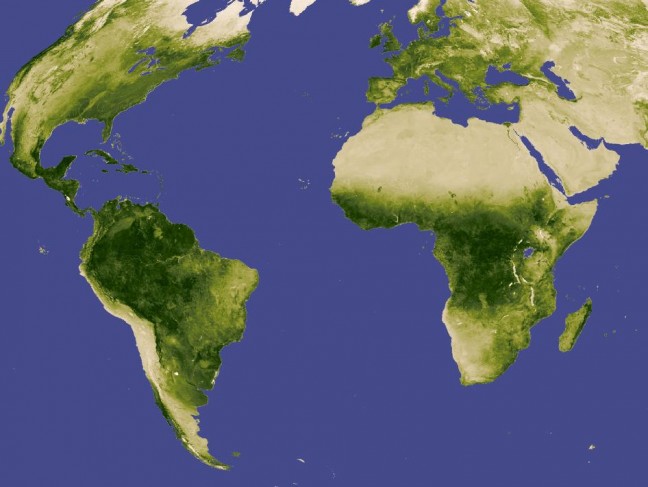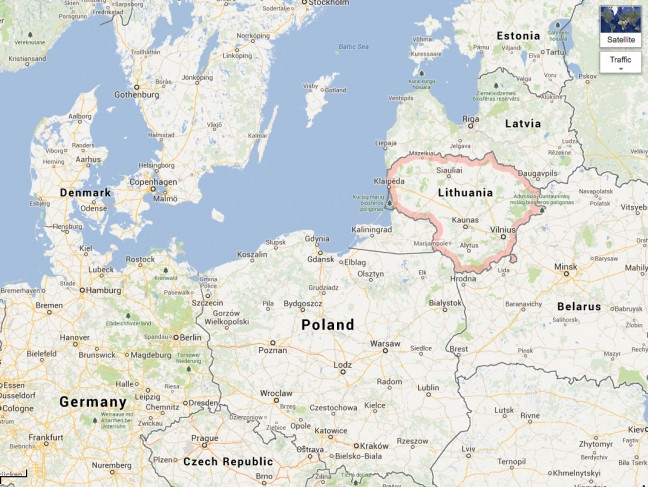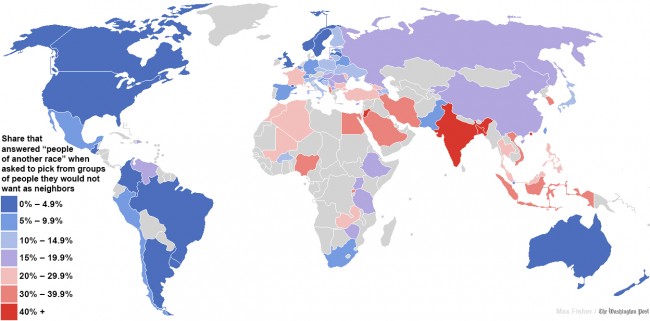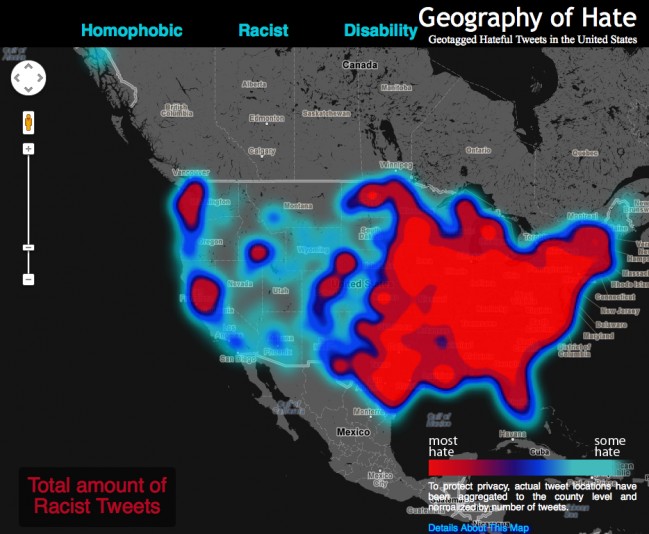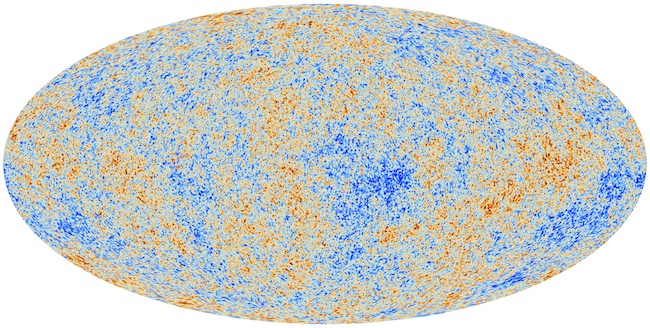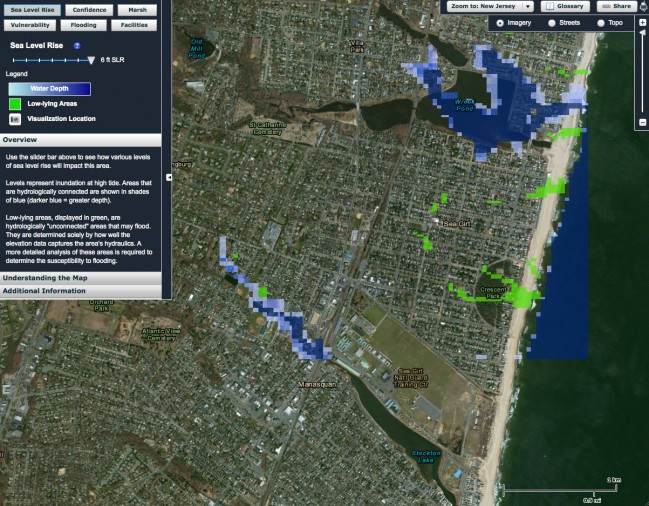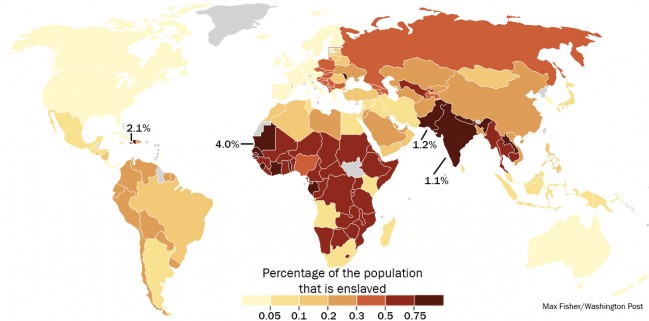
A modern day map for a detestable blight that humans refuse to eradicate. We have notions that slavery was a distant problem caused by the ancient Egyptians or the Roman colonizers or, more recently, 18th century plantation owners. But, unfortunately, there are around 30 million slaves today — a thoroughly shameful statistic.
From the Washington Post:
We think of slavery as a practice of the past, an image from Roman colonies or 18th-century American plantations, but the practice of enslaving human beings as property still exists. There are 29.8 million people living as slaves right now, according to a comprehensive new report issued by the Australia-based Walk Free Foundation.
This is not some softened, by-modern-standards definition of slavery. These 30 million people are living as forced laborers, forced prostitutes, child soldiers, child brides in forced marriages and, in all ways that matter, as pieces of property, chattel in the servitude of absolute ownership. Walk Free investigated 162 countries and found slaves in every single one. But the practice is far worse in some countries than others.
The country where you are most likely to be enslaved is Mauritania. Although this vast West African nation has tried three times to outlaw slavery within its borders, it remains so common that it is nearly normal. The report estimates that four percent of Mauritania is enslaved – one out of every 25 people. (The aid group SOS Slavery, using a broader definition of slavery, estimated several years ago that as many as 20 percent of Mauritanians might be enslaved.)
The map at the top of this page shows almost every country in the world colored according to the share of its population that is enslaved. The rate of slavery is also alarmingly high in Haiti, in Pakistan and in India, the world’s second-most populous country. In all three, more than 1 percent of the population is estimated to live in slavery.
A few trends are immediately clear from the map up top. First, rich, developed countries tend to have by far the lowest rates of slavery. The report says that effective government policies, rule of law, political stability and development levels all make slavery less likely. The vulnerable are less vulnerable, those who would exploit them face higher penalties and greater risk of getting caught. A war, natural disaster or state collapse is less likely to force helpless children or adults into bondage. Another crucial factor in preventing slavery is discrimination. When society treats women, ethnic groups or religious minorities as less valuable or less worthy of protection, they are more likely to become slaves.
Then there are the worst-affected regions. Sub-Saharan Africa is a swath of red, with many countries having roughly 0.7 percent of the population enslaved — or one in every 140 people. The legacies of the transatlantic slave trade and European colonialism are still playing out in the region; ethnic divisions and systems of economic exploitation engineered there during the colonial era are still, to some extent, in place. Slavery is also driven by extreme poverty, high levels of corruption and toleration of child “marriages” of young girls to adult men who pay their parents a “dowry.”
Two other bright red regions are Southeast Asia and Eastern Europe. Both are blighted particularly by sex trafficking, a practice that bears little resemblance to popular Western conceptions of prostitution. Women and men are coerced into participating, often starting at a very young age, and are completely reliant on their traffickers for not just their daily survival but basic life choices; they have no say in where they go or what they do and are physically prevented from leaving. International sex traffickers have long targeted these two regions, whose women and men are prized for their skin tones and appearance by Western patrons.
Yes, this map can be a little misleading. The United States, per capita, has a very low rate of slavery: just 0.02 percent, or one in every 5,000 people. But that adds up to a lot: an estimated 60,000 slaves, right here in America.
If your goal is to have as few slaves as possible — Walk Free says it is working to eradicate the practice in one generation’s time — then this map is very important, because it shows you which countries have the most slaves and thus which governments can do the most to reduce the global number of slaves. In that sense, the United States could stand to do a lot.
You don’t have to go far to see slavery in America. Here in Washington, D.C., you can sometimes spot them on certain streets, late at night. Not all sex workers or “prostitutes” are slaves, of course; plenty have chosen the work voluntarily and can leave it freely. But, as the 2007 documentary “Very Young Girls” demonstrated, many are coerced into participating at a young age and gradually shifted into a life that very much resembles slavery.
A less visible but still prevalent form of slavery in America involves illegal migrant laborers who are lured with the promise of work and then manipulated into forced servitude, living without wages or freedom of movement, under constant threat of being turned over to the police should they let up in their work. Walk Free cites “a highly developed criminal economy that preys on economic migrants, trafficking and enslaving them.” That economy stretches from the migrants’ home countries right to the United States.
The country that is most marked by slavery, though, is clearly India. There are an estimated 14 million slaves in India – it would be as if the entire population of Pennsylvania were forced into slavery. The country suffers deeply from all major forms of slavery, according to the report. Forced labor is common, due in part to a system of hereditary debt bondage; many Indian children are born “owing” sums they could never possibly pay to masters who control them as chattel their entire lives. Others fall into forced labor when they move to a different region looking for work, and turn to an unlicensed “broker” who promises work but delivers them into servitude. The country’s caste system and widespread discrimination abet social norms that make it easier to turn a blind eye to the problem. Women and girls from underprivileged classes are particularly vulnerable to sexual slavery, whether under the guise of “child marriages” or not, although men and boys often fall victim as well.
Read the entire article here.
Image courtesy of Washington Post.

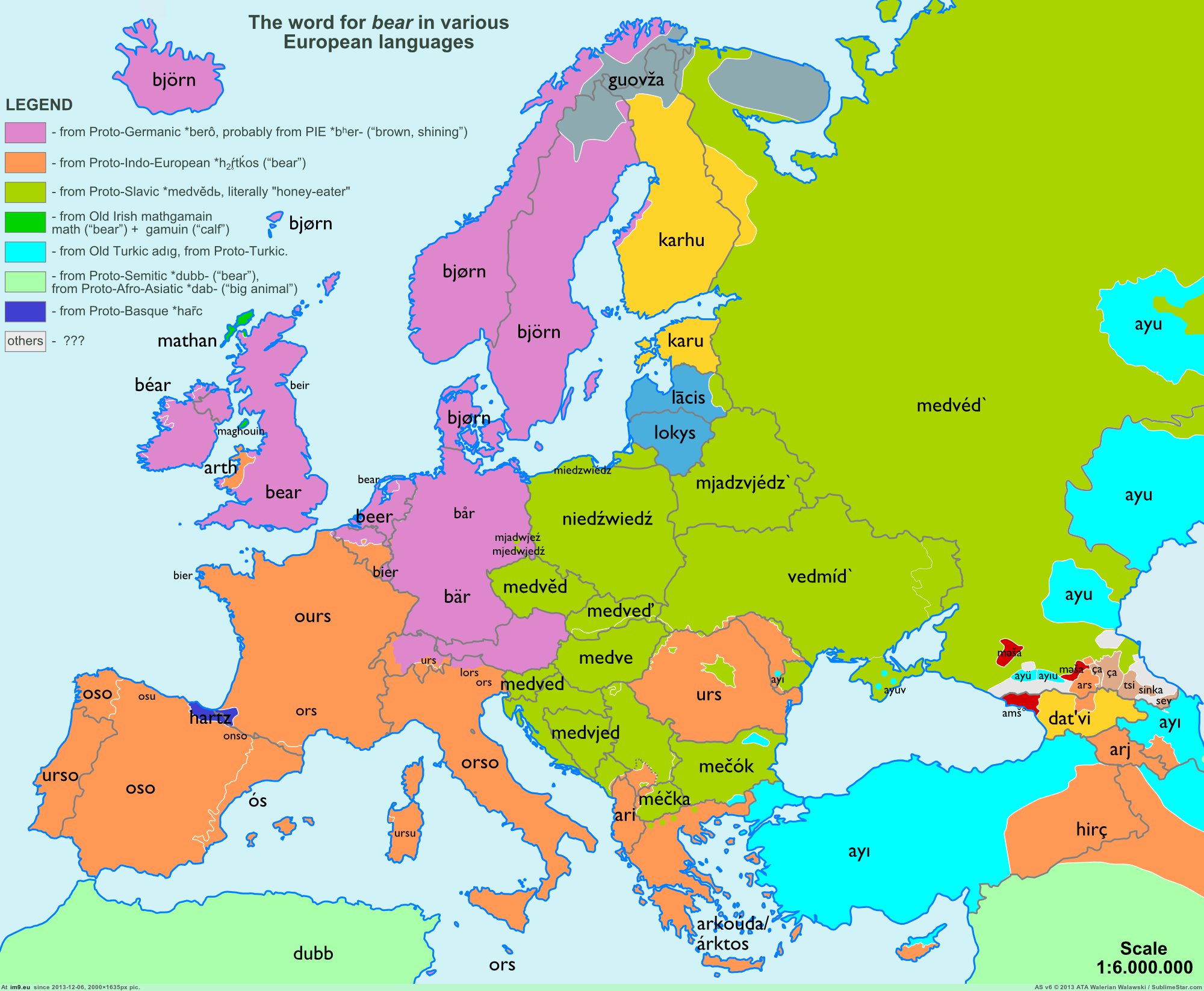
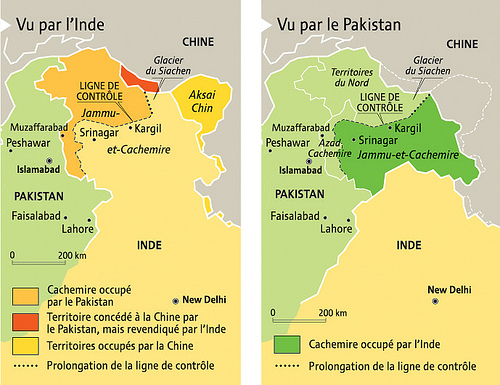
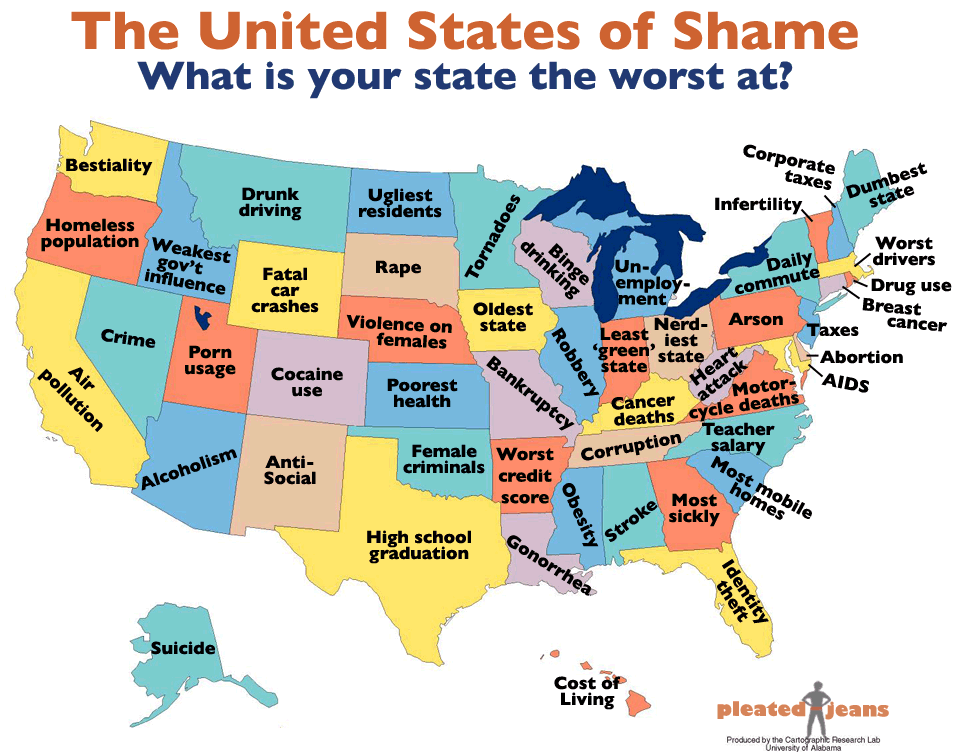
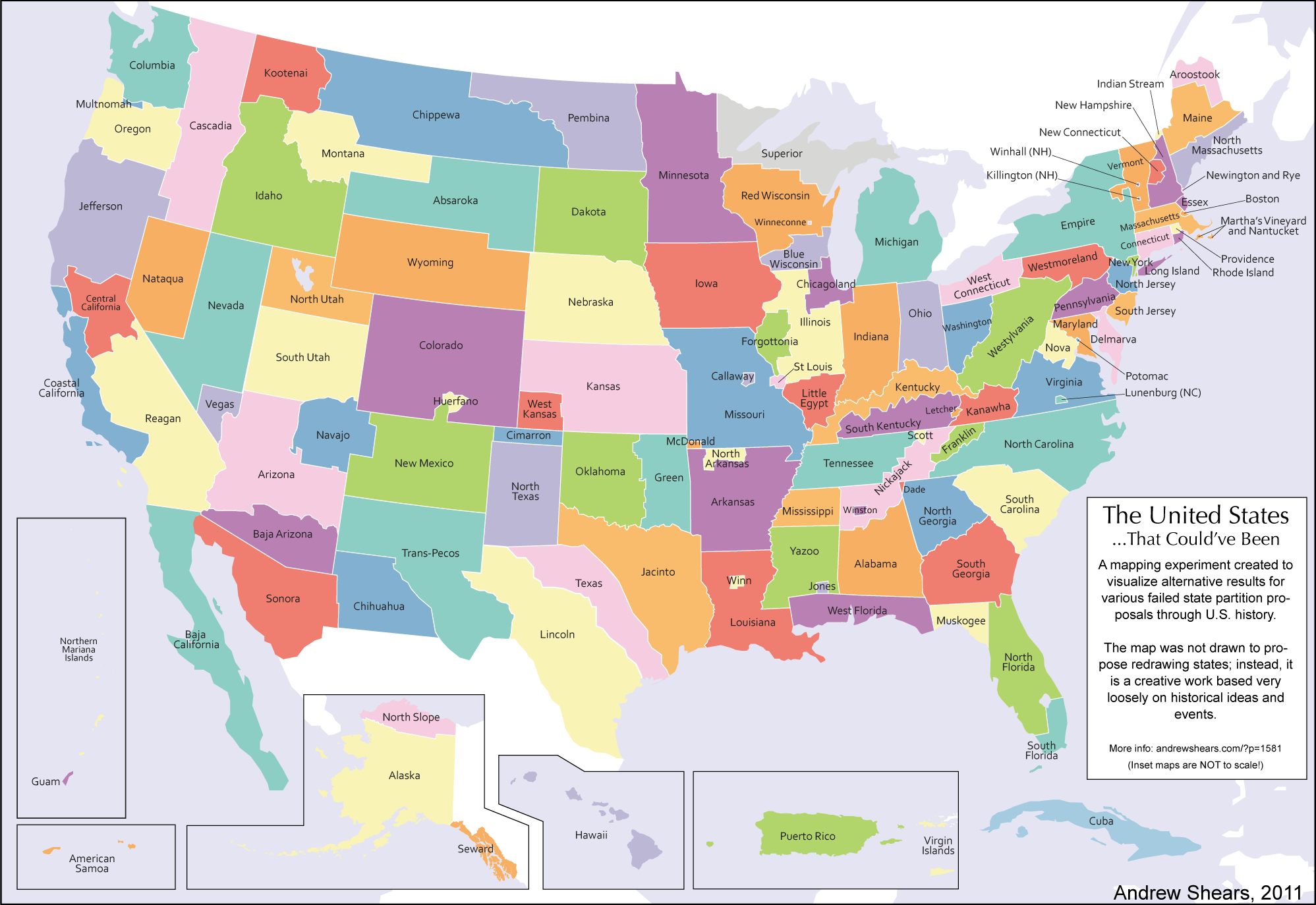


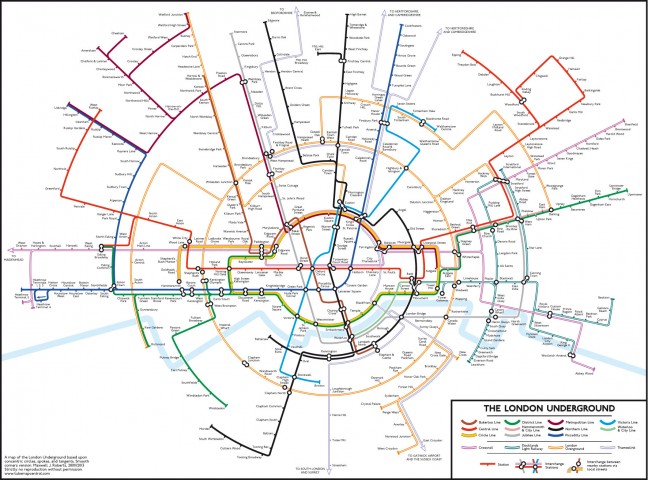
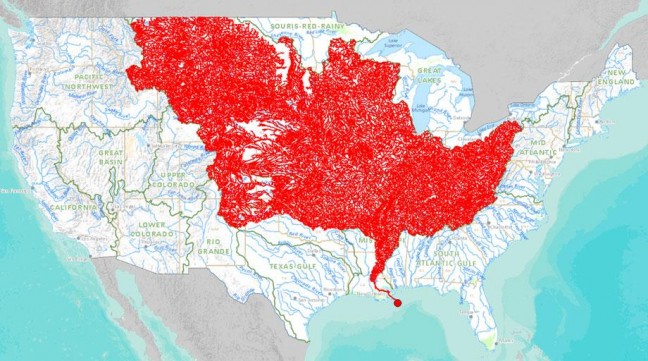
 It’s summer, which means lots of people driving every-which-way for family vacations.
It’s summer, which means lots of people driving every-which-way for family vacations.